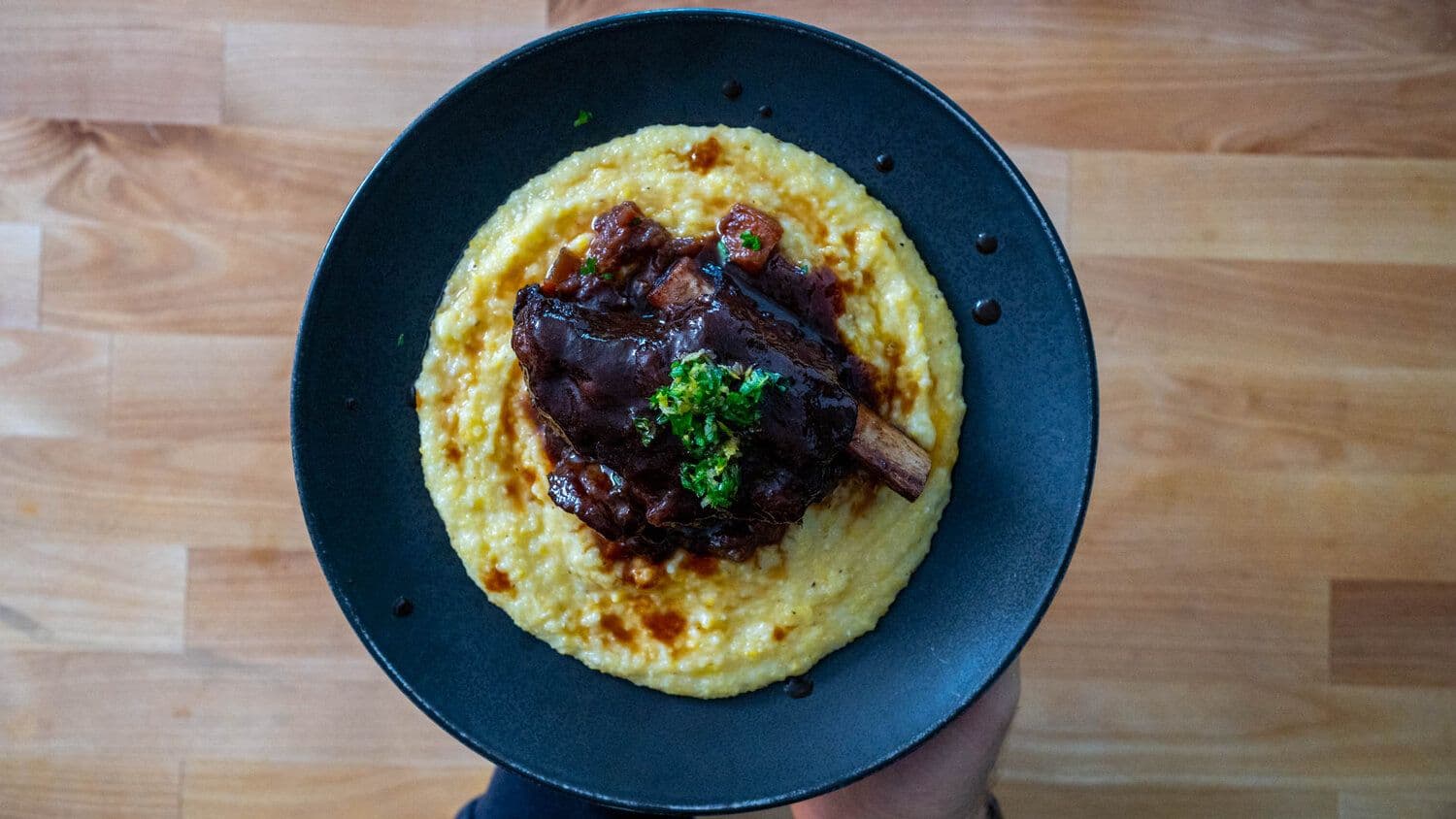Distinct textures are what we often love most about food, like crunchy, chewy, or unctuous bites.

What are the fundamentals of texture as an element of flavor?
Have you ever had a cheese sauce that was grainy instead of creamy? Have you ever added potato chips to a sandwich? Some dishes aren’t the same without the texture certain ingredients bring.
Textures are experienced through our mouth, tongue, and lips. Sometimes, we can also hear ingredients with our ears, such as biting through a crunchy chip.
Why does texture matter?
, , , , — these distinct textures are what we often love most about food, but they get overlooked as a contributor to the flavor equation. For instance:
- Iceberg lettuce is one of the unsung heroes of texture. It adds no aroma or taste but lets the other ingredients shine while adding a new dimension of crispy texture.
- A drizzle of olive oil might be added to a sandwich for its unctuous quality. Without it, the sandwich might eat dry.
Technically, everything has a texture, so the key to good cooking is providing texture contrast in a dish. Most foods are soft or slightly chewy. When something is especially creamy and smooth, or perfectly fatty, or delicate & crisp, we notice.
- Some ingredients can have multiple textures all on their own. For example, a good loaf of bread is crunchy on the outside, but chewy on the inside.

Crunchy
If you see an ingredient with the tag, know that it brings a serious bite of crunch, which is much more pronounced than its light and airy cousin, . Crunchy ingredients make an audible sound when bitten, and are often the result of perfectly dehydrated batters, gelled starches, or naturally hard ingredients.
Crunchy ingredients pair well with: soft, homogenous foods that desperately need a contrasting texture (congee, pureed soups, etc).
Example foods
- Fried chicken
- Nuts
- Tostada shell

Crispy
If you see an ingredient with the tag, know that it brings a subtle but perceptible and needed bite. Fresh greens on a sandwich, the golden brown exterior of a pastry, a thin potato chip. They add a delightful, thoughtful contrast and tactile bite, without being overbearing or tiring to the jaw.
Crispy ingredients pair well with: chewy or creamy foods that need a small lift, or on their own.
Example foods:
- Iceberg lettuce
- Croissant exterior
- Pringles

Chewy
If you see an ingredient with the tag, know that it brings a particular toothsomeness or a pleasantly gummy texture. In some cuisines, very chewy foods are more common, like tteokbokki rice cakes in Korea, braised tripe in Mexico, or Indonesian chicken foot soup.
Chewy ingredients pair well with: a creamy side or sauce, in a liquid broth, or on their own.
Example foods
- Dried mango
- Fig newtons
- Fresh egg noodles or gnocchi
- Pizza crust & breadsticks
- Undercooked bacon or overcooked steak

Unctuous
If you see an ingredient with the tag, know that it brings a fatty, oily, or even (pleasantly) gooey texture to a dish. It’s like unkept cousin. While creamy dishes favor perfectly smooth or emulsified textures, unctuous foods are okay dripping with fats and oils.
Note: Unctuous textures aren't solely caused by . In the case of slow-cooked meats, like smoked ribs or braised pork shoulder, we associate the rendered gelatin () as unctuous because of how it coats the mouth.
Unctuous ingredients pair well with: chewy textures, crunchy contrasting elements, or in tandem with creamy dishes.
Example foods
- Smoked brisket
- Birria tacos
- The guancialle bits in a carbonara
- Gooey grilled cheese

Creamy
If you see an ingredient with the tag, know that it is there for the smooth, velvety texture it adds to the dish. Without it, the dish might be dry, grainy, or thin.
Often, creamy ingredients are dairy or nut-based, like heavy cream, coconut milk, tahini, or peanut butter. When oils are properly into a sauce, they can be creamy (like in a buffalo sauce), but thicker emulsions often border on unctuous (like mayo).
Creamy ingredients pair well with: crispy or crunchy toppings, or with unctuous components.
Example foods
- Mac & cheese
- Buffalo sauce
- Yogurt or heavy cream
- Hummus
Experience the Textures

The Mouthful
Become a smarter home cook every Sunday
Join 60,000+ home cooks and get our newsletter, where we share:
- Recipe frameworks & cooking protocols
- Food trends explained
- Meal recommendations
- Q&A from expert home cooks
We hate spam too. Unsubscribe anytime.








